New customers for Tesla Semi: Anheuser-Busch and and Sysco Corp. have been  impressed enough with the Tesla’s upcoming Semi trucks to order 40 and 50 of them, respectively. The Budweiser beer maker and global foodservice distribution company will see production start of the all-electric heavy-duty semi-trucks in 2019. For Anheuser-Busch, the Semi ties into the company’s objective of making its supply chain more sustainable, efficient, and innovative; while also improving road safety and lowering the company’s environmental impact. Sysco sees the electric truck tying into its commitment to corporate social responsibility for positive environmental impacts along with reduced fuel and maintenance costs.
impressed enough with the Tesla’s upcoming Semi trucks to order 40 and 50 of them, respectively. The Budweiser beer maker and global foodservice distribution company will see production start of the all-electric heavy-duty semi-trucks in 2019. For Anheuser-Busch, the Semi ties into the company’s objective of making its supply chain more sustainable, efficient, and innovative; while also improving road safety and lowering the company’s environmental impact. Sysco sees the electric truck tying into its commitment to corporate social responsibility for positive environmental impacts along with reduced fuel and maintenance costs.
Ford building EV in Mexico: Ford Motor Co. will be moving production of an electric crossover to its plant in Cautitlan, Mexico instead of Flat Rock, Mich., by the summer of 2020. While that won’t go over well with the Trump administration, Ford said it will make way for additional investment of autonomous vehicles in its home state. The electric crossover will be going at least 300 miles per charge, the automaker said. It ties into the automaker’s corporate strategy of takings it vehicle global markets and improving production efficiency. “This allows us to bring this exciting new vehicle to global customers in a more effective way to support our overreaching business goals,” Ford said in an internal memo obtained by Automotive News.
Low carbon fuels in California: Propel Fuels issued a report yesterday analyzing 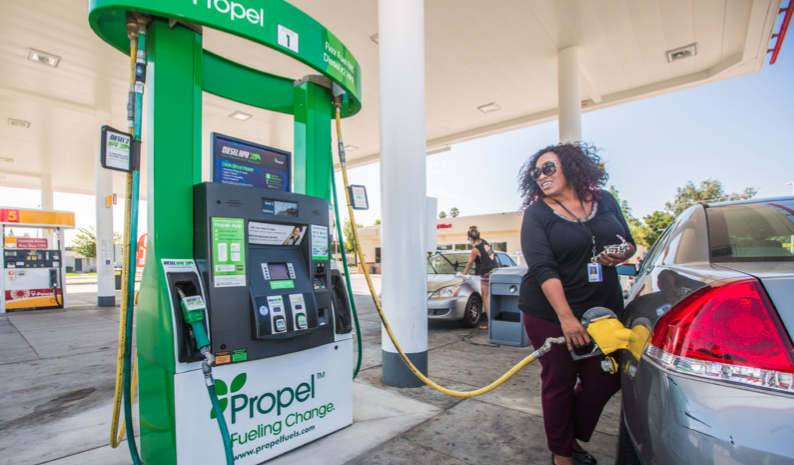 the impact of California’s Low Carbon Fuel Standard on alternative fuel consumption and the effect on emissions in the state. While targets are being met for 2020 goals, the study indicates that the current policy model will need to change to hit 2030 targets that will more than double the volume of expected low carbon fuels to five billion gallons. Propel Fuels and study partner ICF see that possible through flex fuel, high-efficiency diesel vehicles, electric vehicles, and hydrogen fuel cell vehicles. Through its network of fueling statins, Propel Fuels offers E85 made from corn and next generation sources such as switchgrass and agricultural waste material. Its stations also offer high-performance renewable diesel.
the impact of California’s Low Carbon Fuel Standard on alternative fuel consumption and the effect on emissions in the state. While targets are being met for 2020 goals, the study indicates that the current policy model will need to change to hit 2030 targets that will more than double the volume of expected low carbon fuels to five billion gallons. Propel Fuels and study partner ICF see that possible through flex fuel, high-efficiency diesel vehicles, electric vehicles, and hydrogen fuel cell vehicles. Through its network of fueling statins, Propel Fuels offers E85 made from corn and next generation sources such as switchgrass and agricultural waste material. Its stations also offer high-performance renewable diesel.

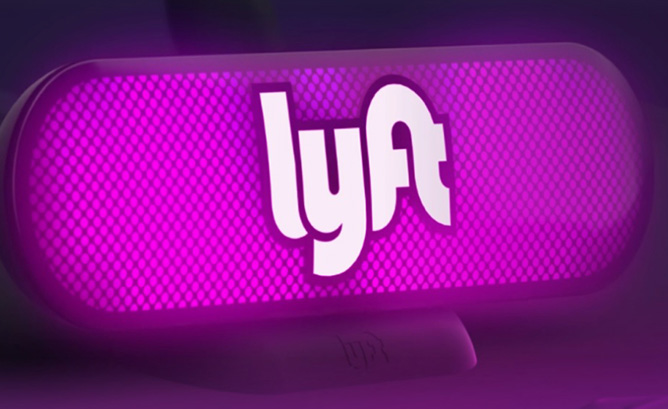 Fidelity Management & Research Company and Ontario Teachers’ Pension Plan. AllianceBernstein, Baillie Gifford, KKR, Janus Henderson Investors, and Rakuten. CapitalG led the billon-dollar round. The ride-hailing firm’s valuation is now at $11.5 billion. Alphabet, the Google parent company, played a key role in bringing in more investors for Lyft during October – after pulling away from financial support for arch-competitor Uber and filing its intellectual property theft lawsuit affecting its Waymo division……………..
Fidelity Management & Research Company and Ontario Teachers’ Pension Plan. AllianceBernstein, Baillie Gifford, KKR, Janus Henderson Investors, and Rakuten. CapitalG led the billon-dollar round. The ride-hailing firm’s valuation is now at $11.5 billion. Alphabet, the Google parent company, played a key role in bringing in more investors for Lyft during October – after pulling away from financial support for arch-competitor Uber and filing its intellectual property theft lawsuit affecting its Waymo division……………..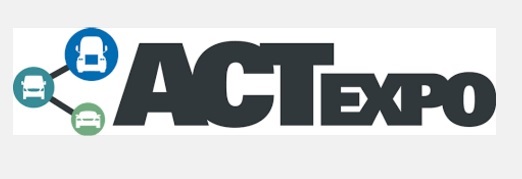 clean transportation events, GNA has played a key role in raising millions of dollars in grant funding for clients during its history. The consulting firm will celebrate its 25 year anniversary next year. The company has effectively supported the use of renewable fuels, and has provided research and analysis for all parts of the clean transportation industry. GNA also does emissions modeling, assists with technical fleet planning, monitors government affairs, and provide communications and media services to clients, CNGVC said.
clean transportation events, GNA has played a key role in raising millions of dollars in grant funding for clients during its history. The consulting firm will celebrate its 25 year anniversary next year. The company has effectively supported the use of renewable fuels, and has provided research and analysis for all parts of the clean transportation industry. GNA also does emissions modeling, assists with technical fleet planning, monitors government affairs, and provide communications and media services to clients, CNGVC said. the refreshed 2018 Jeep Wrangler will come out
the refreshed 2018 Jeep Wrangler will come out  and economically feasible it is – is always being asked by fleet operators and other parties. Animal waste is much more appealing than natural gas, taking the landfill mass typical to agribusiness states like California and using it for something constructive. During the LA Auto show,
and economically feasible it is – is always being asked by fleet operators and other parties. Animal waste is much more appealing than natural gas, taking the landfill mass typical to agribusiness states like California and using it for something constructive. During the LA Auto show, 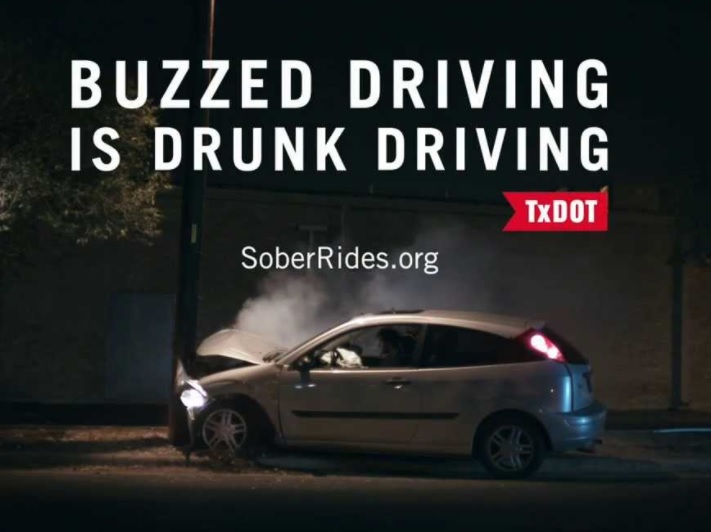 driving buzzed, and does it have anything to do with California and a few other states legalizing marijuana consumption? No, it has to do with a key issue state regulators and safety analysts bring up – the need to eliminate drunk driving and the necessity of bringing self-driving cars to U.S. roads. Buzzed driving refers to driving a car with a blood alcohol content (BAC) of .01% to .07%. That’s slightly under the .08% BAC standard used in most state’s drunk driving laws; but there’s been a great deal of concern that while .01% to .07% is legal for drivers, it can be just as dangerous as .08% or higher drunk driving for some of them. Self-driving cars are expected to dramatically reduce the highway fatality rate by taking away control of the car from drunk drivers being part of it. Drunk driving is still the leading cause of fatal crashes in the U.S. Last year was one of the worst ever, with an average of 20 people per day killed in DUI crashes. Safety experts have shared concerns about states legalizing marijuana and its possible side effects on road safety. That’s not measurable in a BAC standard used in drunk driving, but it may become part of state legislation in the future. Ride-hailing firms like Uber and Lyft have successfully tapped into concerns over drunk driving and see their rides as providing a solution to the problem. Uber and Lyft drivers have stories about riders expressing gratitude for their services, not having risked drunk driving after an evening at a night club or party. Mothers Against Drunk Driving (MADD) has been working with Uber in recent years to inform people that taking an Uber ride is much safer than getting behind the wheel after they’ve been drinking.
driving buzzed, and does it have anything to do with California and a few other states legalizing marijuana consumption? No, it has to do with a key issue state regulators and safety analysts bring up – the need to eliminate drunk driving and the necessity of bringing self-driving cars to U.S. roads. Buzzed driving refers to driving a car with a blood alcohol content (BAC) of .01% to .07%. That’s slightly under the .08% BAC standard used in most state’s drunk driving laws; but there’s been a great deal of concern that while .01% to .07% is legal for drivers, it can be just as dangerous as .08% or higher drunk driving for some of them. Self-driving cars are expected to dramatically reduce the highway fatality rate by taking away control of the car from drunk drivers being part of it. Drunk driving is still the leading cause of fatal crashes in the U.S. Last year was one of the worst ever, with an average of 20 people per day killed in DUI crashes. Safety experts have shared concerns about states legalizing marijuana and its possible side effects on road safety. That’s not measurable in a BAC standard used in drunk driving, but it may become part of state legislation in the future. Ride-hailing firms like Uber and Lyft have successfully tapped into concerns over drunk driving and see their rides as providing a solution to the problem. Uber and Lyft drivers have stories about riders expressing gratitude for their services, not having risked drunk driving after an evening at a night club or party. Mothers Against Drunk Driving (MADD) has been working with Uber in recent years to inform people that taking an Uber ride is much safer than getting behind the wheel after they’ve been drinking.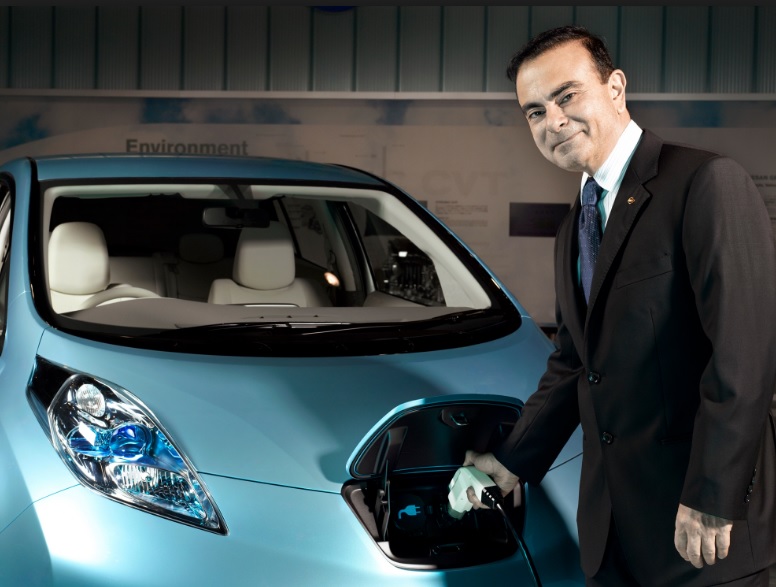 models using common platforms by 2022, according to CEO Carlos Ghosn. Plug-in hybrid models will also be utilized, coming from Mitsubishi’s experience with the Outlander PHEV. Two other utility plug-in hybrids will be coming to market over the next two years. The alliance companies have collectively already sold more than a half million plug-in electrified vehicles………….
models using common platforms by 2022, according to CEO Carlos Ghosn. Plug-in hybrid models will also be utilized, coming from Mitsubishi’s experience with the Outlander PHEV. Two other utility plug-in hybrids will be coming to market over the next two years. The alliance companies have collectively already sold more than a half million plug-in electrified vehicles…………. 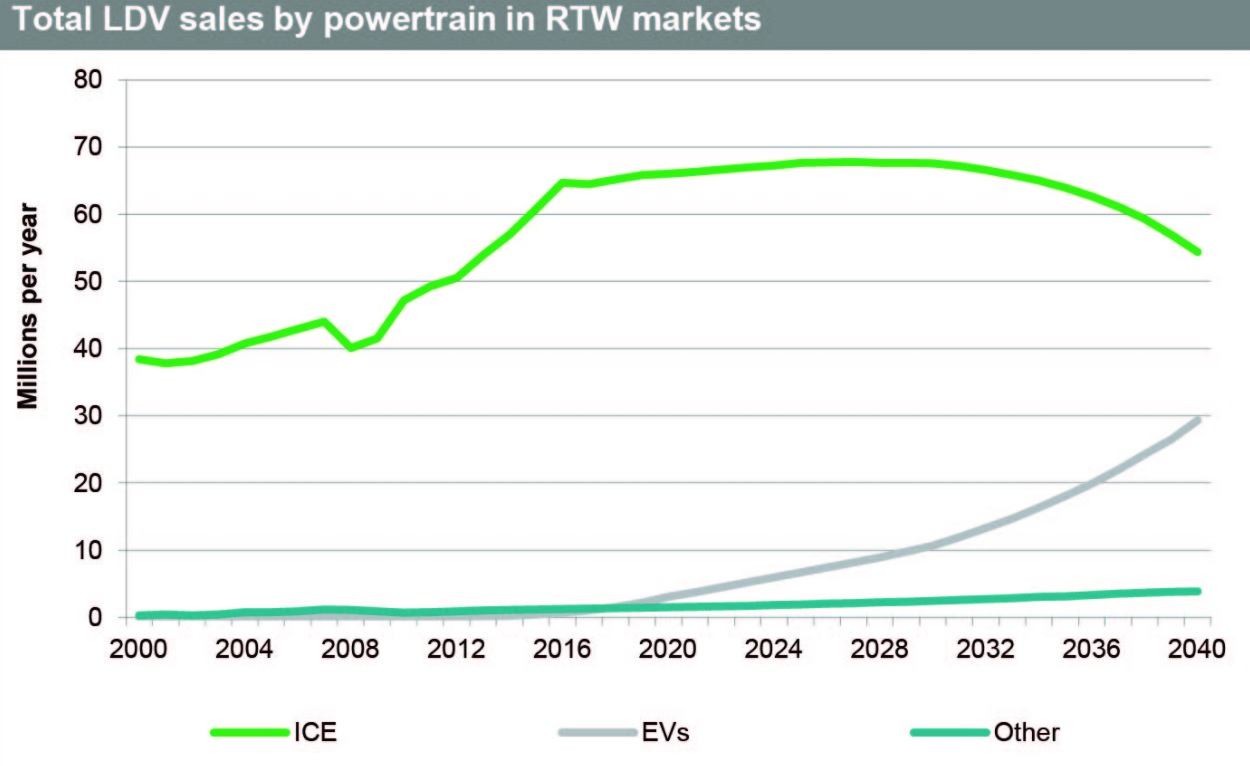 markets by 2040 – China, the U.S., Europe, and India – according to a new study by IHS Markit. You’ll notice that the percentage isn’t anywhere near 100% if fossil-fuel bans were to be enacted across these four markets. China, India, France, Great Britain, and other markets are considering banning gasoline and diesel powered engines entirely.
markets by 2040 – China, the U.S., Europe, and India – according to a new study by IHS Markit. You’ll notice that the percentage isn’t anywhere near 100% if fossil-fuel bans were to be enacted across these four markets. China, India, France, Great Britain, and other markets are considering banning gasoline and diesel powered engines entirely.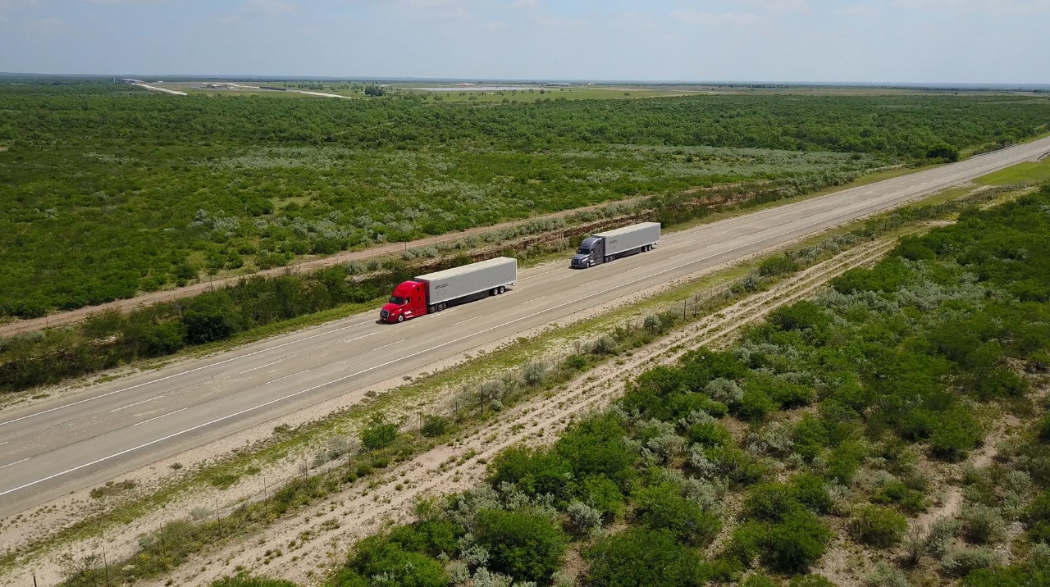 driving cars with huge investments being made for that to take place, according to technologists like Tesla and Embark. Trucking companies may not be as optimistic about the fast pace. Tesla will be showcasing its electric truck with some autonomous capabilities, while Silicon Valley startup Embark has been testing its autonomous trucking technology in a three-way partnership with Ryder and appliance giant Electrolux. CB Insights reports that companies will place about $1 billion in commercial truck autonomous systems this year, 10 times the level of spending three years ago……….
driving cars with huge investments being made for that to take place, according to technologists like Tesla and Embark. Trucking companies may not be as optimistic about the fast pace. Tesla will be showcasing its electric truck with some autonomous capabilities, while Silicon Valley startup Embark has been testing its autonomous trucking technology in a three-way partnership with Ryder and appliance giant Electrolux. CB Insights reports that companies will place about $1 billion in commercial truck autonomous systems this year, 10 times the level of spending three years ago………. 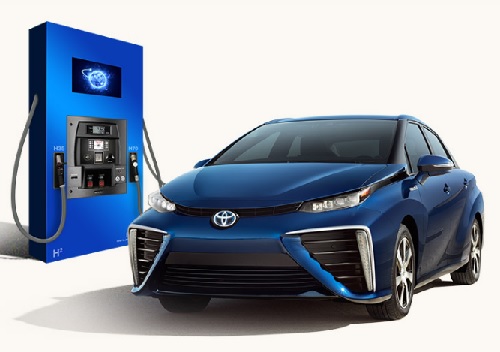 up on fuel cell vehicles, but electric vehicles are in a stronger position for widespread adoption in the marketplace. “Elon Musk is right – it’s better to charge the electric car directly by plugging in,” he said.
up on fuel cell vehicles, but electric vehicles are in a stronger position for widespread adoption in the marketplace. “Elon Musk is right – it’s better to charge the electric car directly by plugging in,” he said. will
will 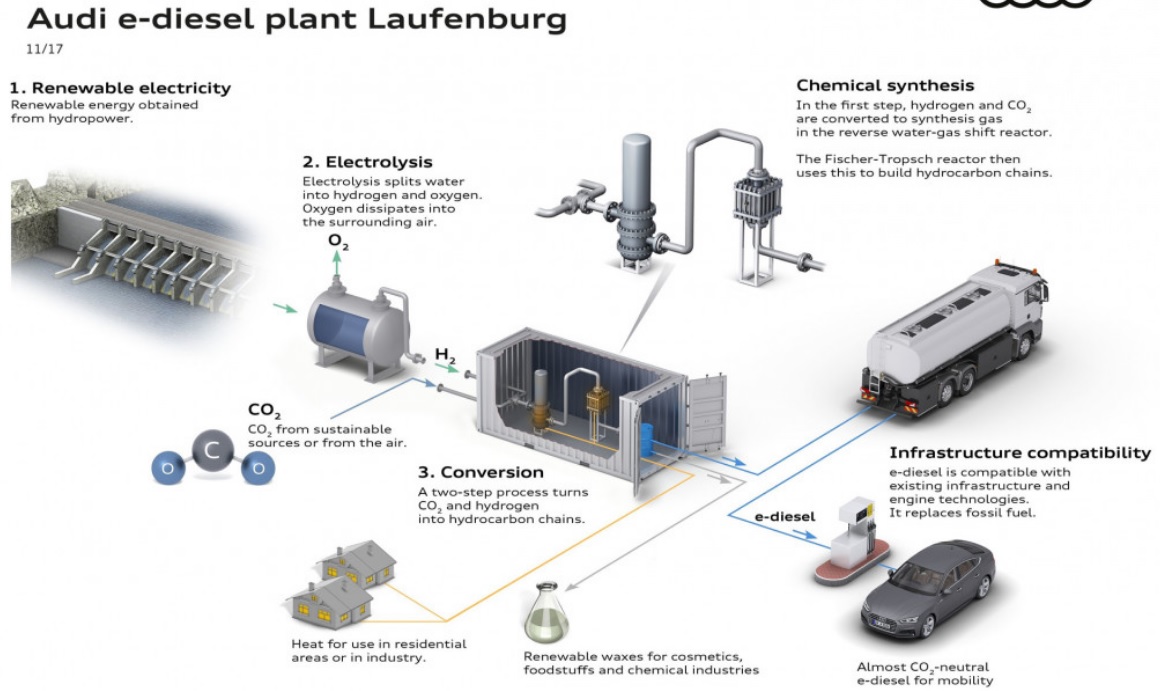 it’s calling e-diesel. Working with two partner companies, a plant will be set up in Laufenburg, Switzerland, that will be able to take excess energy coming from hydropower combined with CO2, converting it into a CO2-neutral diesel fuel. The CO2 being used will come from the air or bio waste gases. Construction of the plant will start in 2018 and should be finished by the end of that year, with the capacity of producing around 105,000 gallons of e-diesel per year. Audi’s e-fuels started in 2011 with plans to start energy production from wind turbines in the North Sea that would feed the renewable energy back into the grid. That led to turning renewables into liquid fuels that could power vehicles, with the first one being e-gas in 2013. The E-gas synthetic fuel, similar to natural gas, was followed by e-benzin in 2015, a synthetic fuel named after Germany’s term for gasoline, benzin.
it’s calling e-diesel. Working with two partner companies, a plant will be set up in Laufenburg, Switzerland, that will be able to take excess energy coming from hydropower combined with CO2, converting it into a CO2-neutral diesel fuel. The CO2 being used will come from the air or bio waste gases. Construction of the plant will start in 2018 and should be finished by the end of that year, with the capacity of producing around 105,000 gallons of e-diesel per year. Audi’s e-fuels started in 2011 with plans to start energy production from wind turbines in the North Sea that would feed the renewable energy back into the grid. That led to turning renewables into liquid fuels that could power vehicles, with the first one being e-gas in 2013. The E-gas synthetic fuel, similar to natural gas, was followed by e-benzin in 2015, a synthetic fuel named after Germany’s term for gasoline, benzin.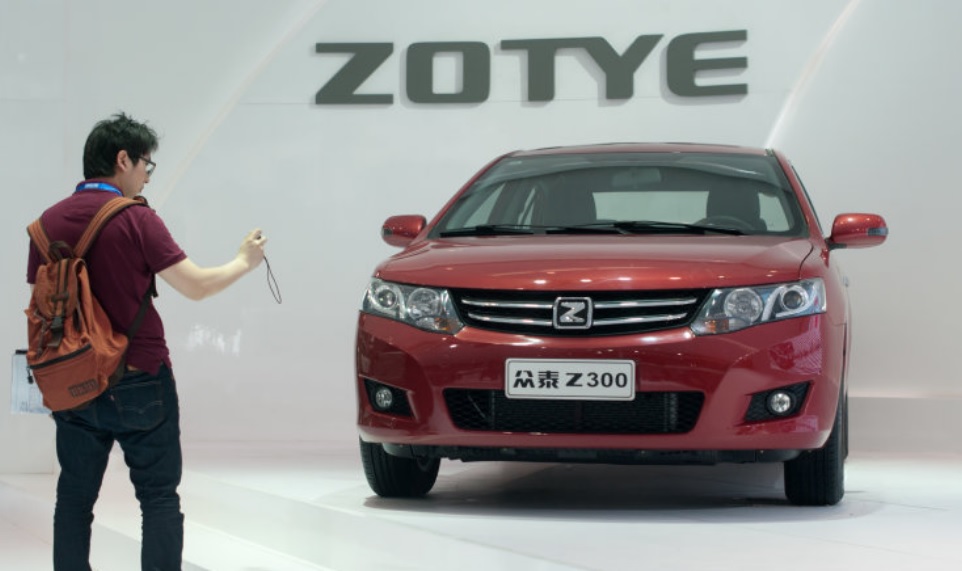 range of stylish and affordable all-electric vehicles for consumers in China under a new local brand. If it achieves regulatory approval, the new JV will design, build, market and distribute all-electric passenger vehicles for the Chinese market. The Detroit automakers already has JVs in place with Changan Ford Automobile Corporation, Ltd. and Jiangling Motors Corporation. Ford will continue working closely with each of its JV partners to develop and manufacture new energy vehicles to meet rising consumer demand in China during the impending electrification phase of the Chinese auto industry.
range of stylish and affordable all-electric vehicles for consumers in China under a new local brand. If it achieves regulatory approval, the new JV will design, build, market and distribute all-electric passenger vehicles for the Chinese market. The Detroit automakers already has JVs in place with Changan Ford Automobile Corporation, Ltd. and Jiangling Motors Corporation. Ford will continue working closely with each of its JV partners to develop and manufacture new energy vehicles to meet rising consumer demand in China during the impending electrification phase of the Chinese auto industry. Angeles Convention Center, Nov. 27-30, 2017. Debut vehicles will be shown right after at the 2017 LA Auto Show, which will be open to the public Dec. 1-10. The AutoMobility LA conference will feature more than 50 thought leaders across several panels, discussions, and keynote addresses. The Top 10 Startups challenge sets ten startups apart from thousands of newcomers, earns them a tremendous amount of media exposure, and places their products/services on AutoMobility LA’s global stage. Automakers are expected to conduct more than 50 world-class debuts at the event. BMW will be making nine debuts during its press conference, including two global debuts. Porsche will launch the global reveal of the Panamera Turbo S E-Hybrid Sport Turismo. Green Car Journal will announce the winner of the 2018 Green Car of the Year award. The 2018 nominated models include the Honda Accord, Honda Clarity, Hyundai Ioniq, Nissan Leaf, and Toyota Camry. The announcement will take place at the LA Convention Center on Thursday, Nov. 30, at 8:00 a.m. PST inside the Technology Pavilion.
Angeles Convention Center, Nov. 27-30, 2017. Debut vehicles will be shown right after at the 2017 LA Auto Show, which will be open to the public Dec. 1-10. The AutoMobility LA conference will feature more than 50 thought leaders across several panels, discussions, and keynote addresses. The Top 10 Startups challenge sets ten startups apart from thousands of newcomers, earns them a tremendous amount of media exposure, and places their products/services on AutoMobility LA’s global stage. Automakers are expected to conduct more than 50 world-class debuts at the event. BMW will be making nine debuts during its press conference, including two global debuts. Porsche will launch the global reveal of the Panamera Turbo S E-Hybrid Sport Turismo. Green Car Journal will announce the winner of the 2018 Green Car of the Year award. The 2018 nominated models include the Honda Accord, Honda Clarity, Hyundai Ioniq, Nissan Leaf, and Toyota Camry. The announcement will take place at the LA Convention Center on Thursday, Nov. 30, at 8:00 a.m. PST inside the Technology Pavilion.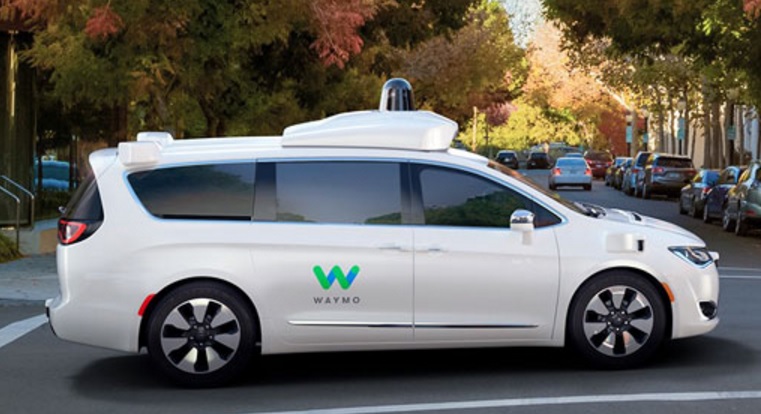 driving car technology. The federal judge in San Francisco hearing the trial has excluded Waymo’s damages expert, Michael Wagner, from the case; and has restricted use of financial evidence at the trial, according to a docket entry. Waymo claims that it has received damages worth about $1.9 billion in losses. Uber has denied using intellectual property that had allegedly been stolen by former Waymo engineer Anthony Levandowski. Waymo responded to the judge’s decision with a statement that it could still pursue full damages using “the same documents” relied upon by Wagner.
driving car technology. The federal judge in San Francisco hearing the trial has excluded Waymo’s damages expert, Michael Wagner, from the case; and has restricted use of financial evidence at the trial, according to a docket entry. Waymo claims that it has received damages worth about $1.9 billion in losses. Uber has denied using intellectual property that had allegedly been stolen by former Waymo engineer Anthony Levandowski. Waymo responded to the judge’s decision with a statement that it could still pursue full damages using “the same documents” relied upon by Wagner.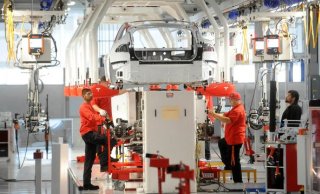 watched Model 3. Perbix, a maker of automated machines used for manufacturing, has been acquired by Tesla after nearly three years of working with the electric carmaker. Tesla has declined to disclose the cost of the acquisition and other details. Tesla will be expanding Perbix’ operations in the Minneapolis area, where the supplier is based. Tesla CEO Elon Musk has recently been making comments about the automation challenges holding up hitting the production timeline that had originally been set for the $35,000 Model 3. In other news, Jon Wagner, Tesla’s director of battery engineering, has left the company and is launching a battery and powertrain startup in California.
watched Model 3. Perbix, a maker of automated machines used for manufacturing, has been acquired by Tesla after nearly three years of working with the electric carmaker. Tesla has declined to disclose the cost of the acquisition and other details. Tesla will be expanding Perbix’ operations in the Minneapolis area, where the supplier is based. Tesla CEO Elon Musk has recently been making comments about the automation challenges holding up hitting the production timeline that had originally been set for the $35,000 Model 3. In other news, Jon Wagner, Tesla’s director of battery engineering, has left the company and is launching a battery and powertrain startup in California. rdability. As part of the tax overhaul bill proposed to House Ways and Means Committee on Thursday, the repeal would take effect at the end of 2017. The Senate is working on its own version of a tax overhaul. General Motors is asking legislators to repeal that part of the bill and other automakers are likely to join in with the bill expected to hurt efforts to bring in more consumers as electric vehicle buyers. “That will stop any electric vehicle market in the U.S., apart from sales of the highly expensive Tesla Model S,” said Xavier Mosquet, senior partner at consultant Boston Consulting Group. “There’s no Tesla 3, no Bolt, no Leaf in a market without incentives.”
rdability. As part of the tax overhaul bill proposed to House Ways and Means Committee on Thursday, the repeal would take effect at the end of 2017. The Senate is working on its own version of a tax overhaul. General Motors is asking legislators to repeal that part of the bill and other automakers are likely to join in with the bill expected to hurt efforts to bring in more consumers as electric vehicle buyers. “That will stop any electric vehicle market in the U.S., apart from sales of the highly expensive Tesla Model S,” said Xavier Mosquet, senior partner at consultant Boston Consulting Group. “There’s no Tesla 3, no Bolt, no Leaf in a market without incentives.”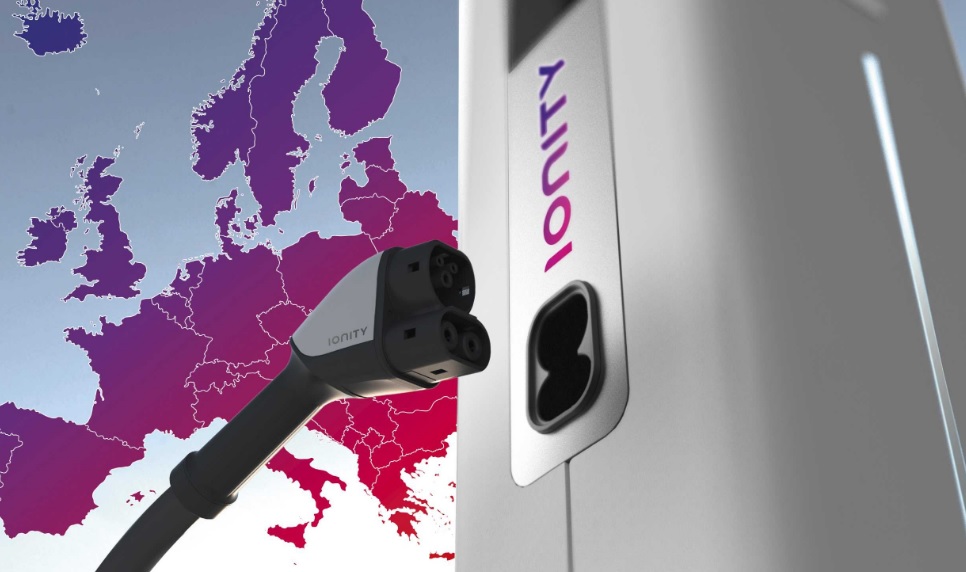 Porsche subsidiaries have formed a joint venture called IONITY to carry it out. The High-Power-Charging (HPC) network will install chargers that will have the capacity to go up to 350 kW and will use the brand-agnostic Combined Charging System as the standard. Automakers hope the wide distribution of the fast chargers will make electric vehicles more appealing for consumers. This year will see 20 of these HPC stations installed. The IONITY joint venture is based in Munich and led by CEO Michael Hajesch, who expects to see 50 employees in place by early 2018. “The first pan-European HPC network plays an essential role in establishing a market for electric vehicles. IONITY will deliver our common goal of providing customers with fast charging and digital payment capability, to facilitate long-distance travel,” Hajesch said.
Porsche subsidiaries have formed a joint venture called IONITY to carry it out. The High-Power-Charging (HPC) network will install chargers that will have the capacity to go up to 350 kW and will use the brand-agnostic Combined Charging System as the standard. Automakers hope the wide distribution of the fast chargers will make electric vehicles more appealing for consumers. This year will see 20 of these HPC stations installed. The IONITY joint venture is based in Munich and led by CEO Michael Hajesch, who expects to see 50 employees in place by early 2018. “The first pan-European HPC network plays an essential role in establishing a market for electric vehicles. IONITY will deliver our common goal of providing customers with fast charging and digital payment capability, to facilitate long-distance travel,” Hajesch said.